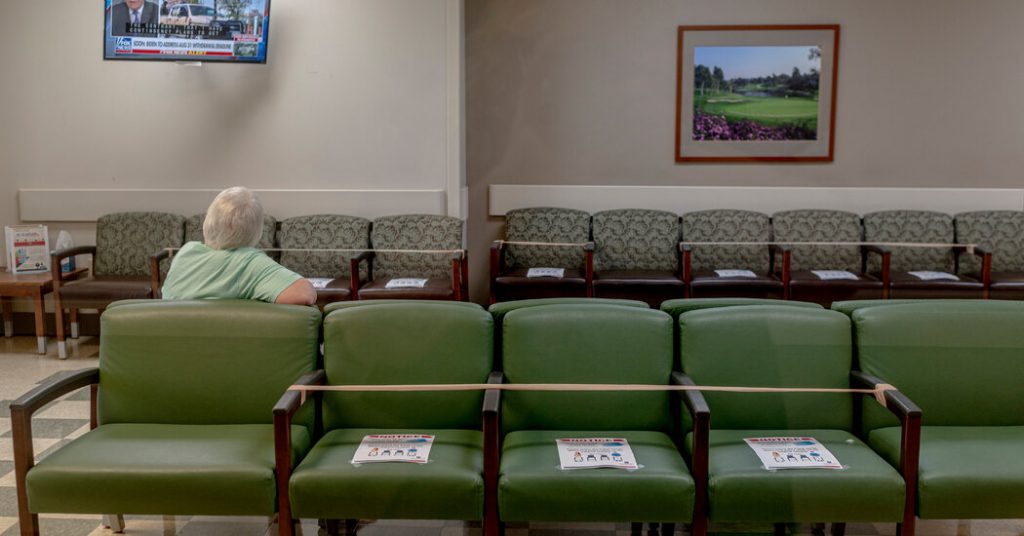
The arrival of vaccines and declining Covid-19 cases in the first half of 2021 coincided with an easing of symptoms of anxiety and depression across the United States, according to survey data released on Tuesday by the Centers for Disease Control and Prevention.
But symptoms remained much more common in June 2021, the end of the survey period, than before the pandemic, and could be on the rise again because of the summer surge in cases of the Delta variant, C.D.C. scientists said.
The agency relied on a biweekly online survey conducted from August 2020 to June 2021. Researchers analyzed 1.5 million responses over that period about the severity of symptoms of anxiety or depression.
From August to December 2020, symptoms of anxiety rose by 13 percent and symptoms of depression by 15 percent, the surveys found. But from December to June 2021, that trend reversed: Symptoms of anxiety decreased by 27 percent and of depression by 25 percent.
The C.D.C. said that there was a strong correlation between the average number of daily Covid-19 cases and the severity of respondents’ anxiety and depression.
Noting that some parts of the population had been harder hit by the virus than others, the agency said those same groups may be at higher risk for psychological ill effects from Covid-19 and that good access to mental health services was critical. Other research has indicated that people with low incomes were at higher risk of depression during the pandemic.
The national trends were mirrored in most states, with anxiety and depression peaking in December 2020 or January 2021, when U.S. cases, hospitalizations and deaths all peaked. States that experienced steeper increases in symptoms last year also showed larger reductions in the first half of 2021.
Mississippi was among the states with the largest increases in anxiety and depression scores by percentage in the second half of 2020. New York, on the other hand, experienced both the smallest rise in anxiety scores in late 2020 and the smallest drop in the first half of this year.

